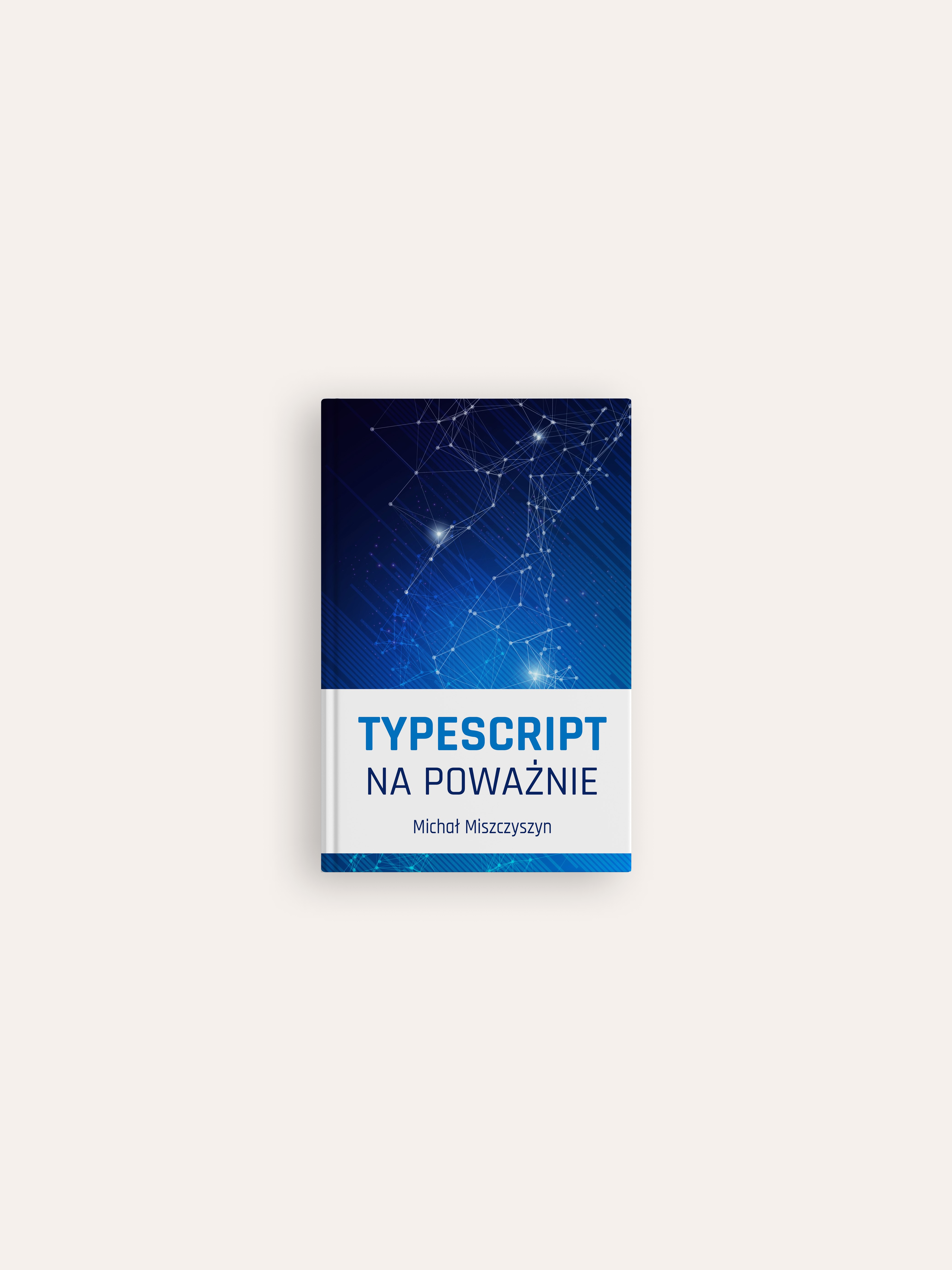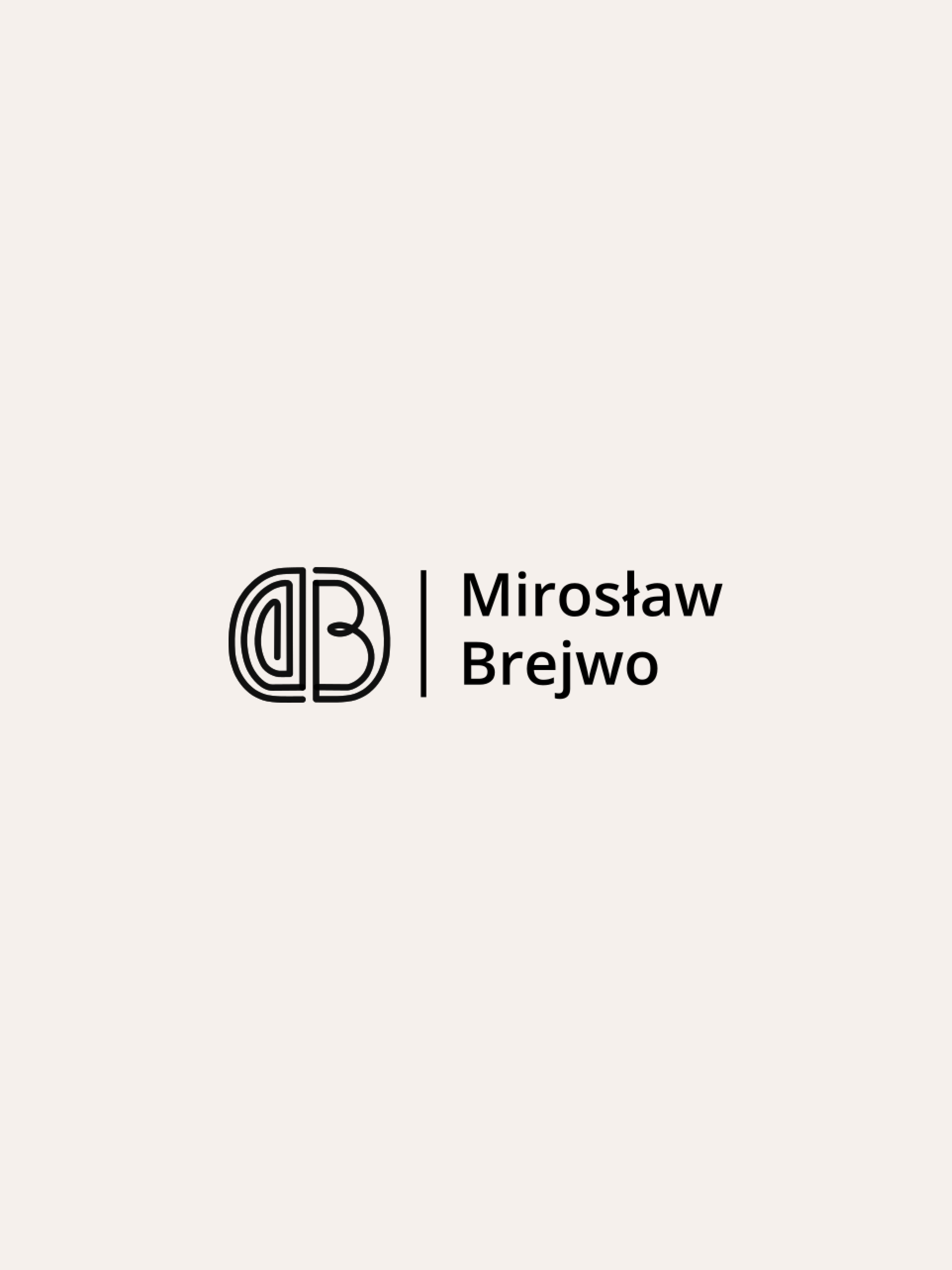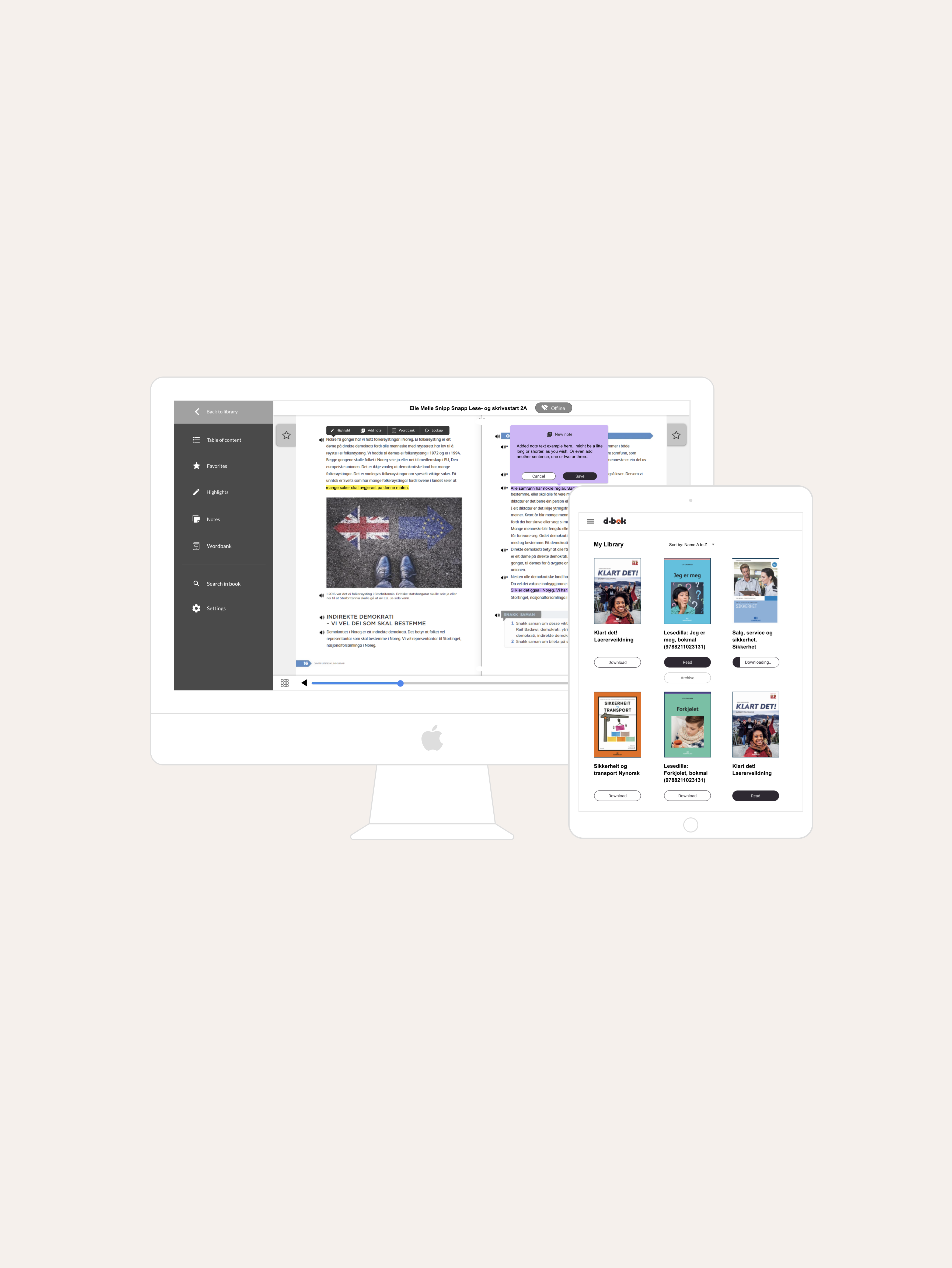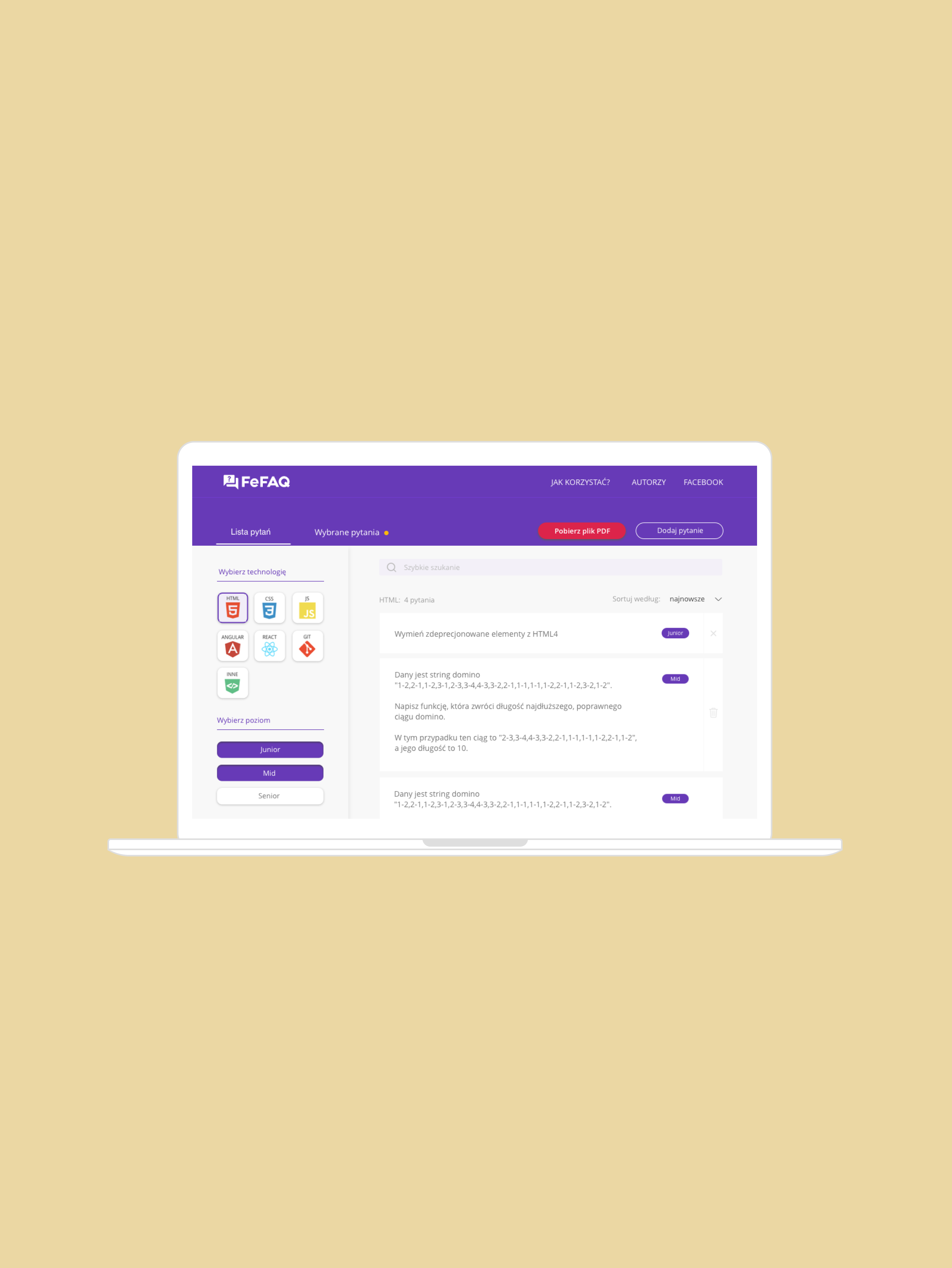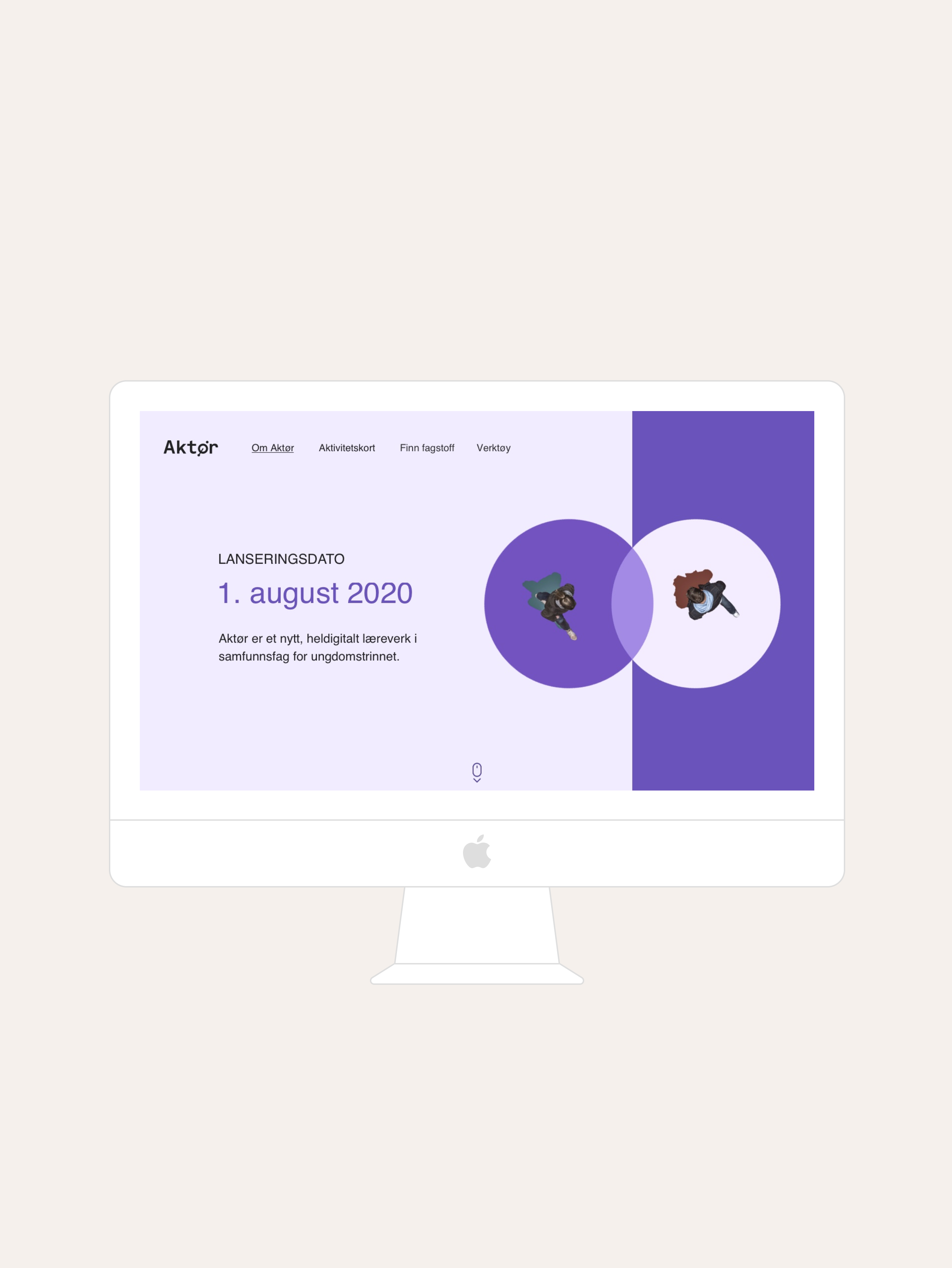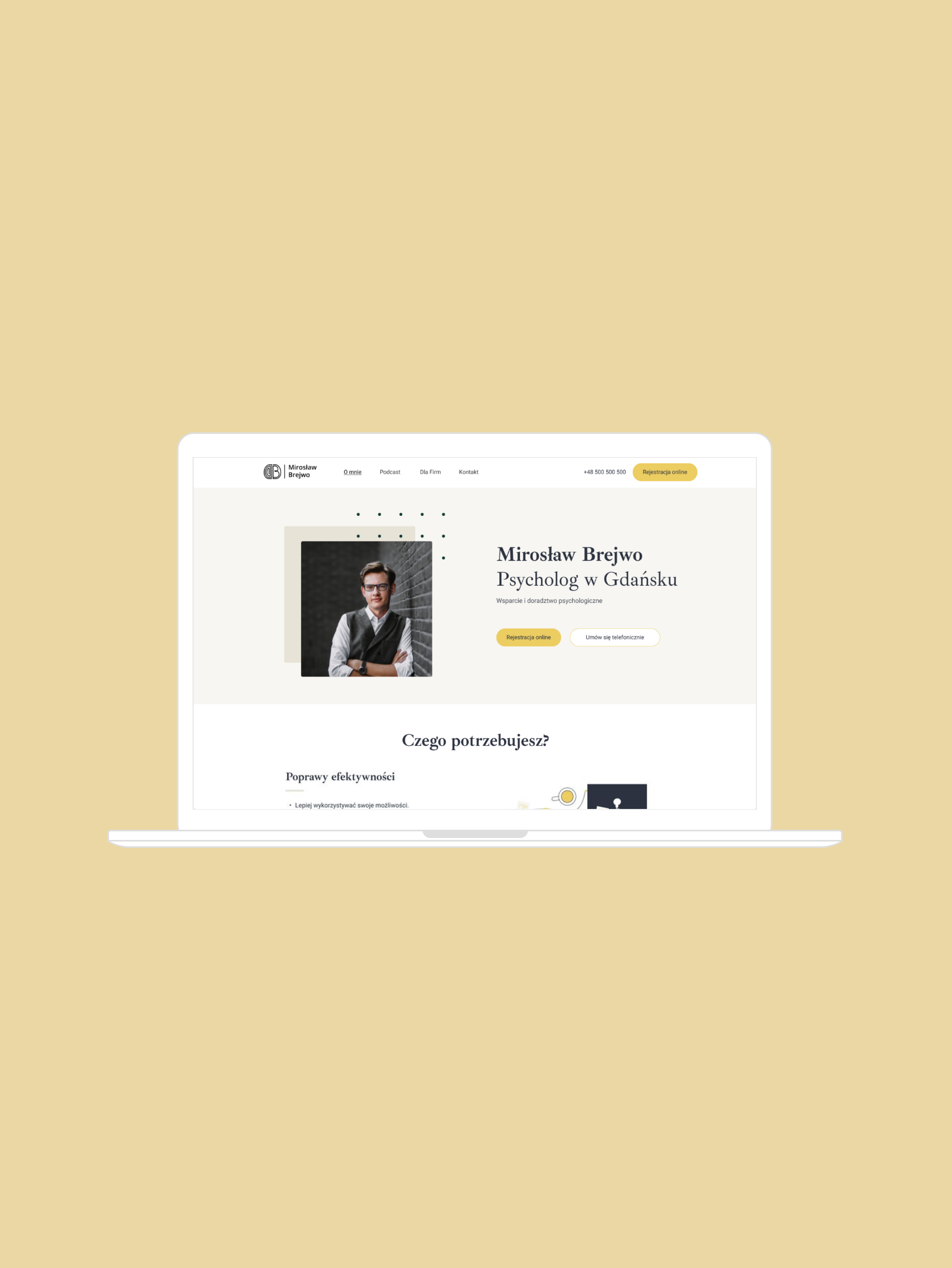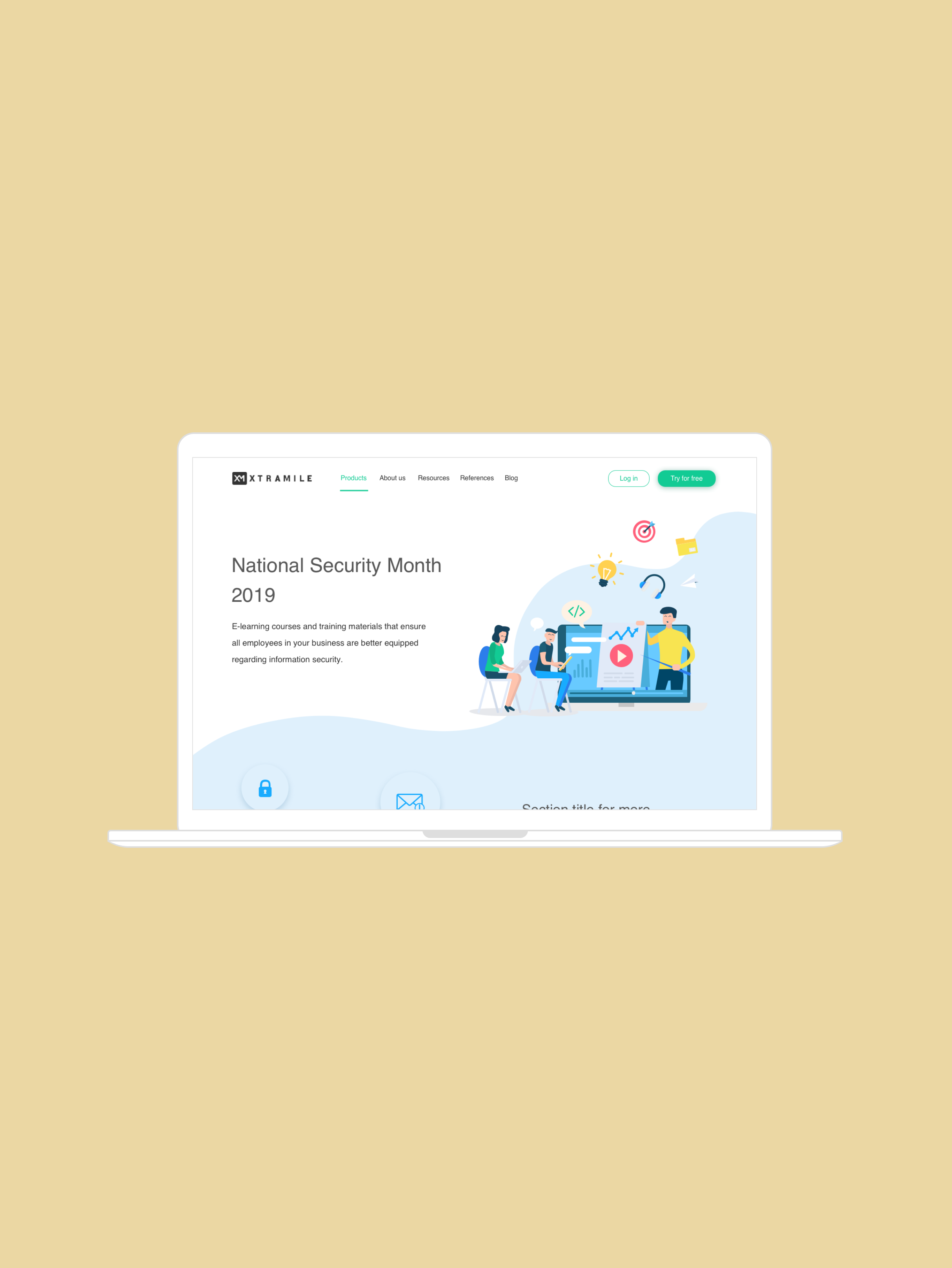Three webshops: Fagbokforlaget, Haugenbok and Bladkompaniet had an opportunity to optimize their buying process before the system update. This idea was an inspiration to conduct the first design sprint in the company - brand representatives from digital marketing departments joined forces with the developers, graphic designers and UX. We also took this design sprint as a trial for testing more agile approach in the organization process.
The overview
Who are we? Vigmostad & Bjorke Forlagshuset is a Norwegian publishing house that owns several publishing brands in education and public market. Most importantly, it is on the verge of digital transformation, therefore it wants to start delivering a better user experience to its customers.
Why Google Design Sprint? Our three web-shops: Fagbokforlaget, Haugenbok, and Bladkompaniet had an opportunity to optimize their buying process before the system update.
This idea was an inspiration to conduct the first design sprint in the company - brand representatives from the digital marketing departments joined forces with developers, graphic designers, and UX.
We also took this design sprint as a trial for testing a more agile approach in the organization process.
The kick-off meeting
We met two weeks before the sprint to establish our goals, gather documentation and educate ourselves about the design sprint methodology. First, we needed to identify problems and needs for each website from both: business and users sides. We also wanted to define KPIs as short-term and long-term goals for the project itself.
We succeeded in creating an affinity map, which helped us to discover many ideas and related information around our main topic. Then we managed to create categories out of them, which showed us some areas of opportunity for discovery and improvement. Categories that we created and voted on (from the highest number of votes to the lowest):
1. Simplifying the process
2. Engagement
3. Branding
4. Payment
5. User Data / Data collection
6. Log in
7. Shopping cart content
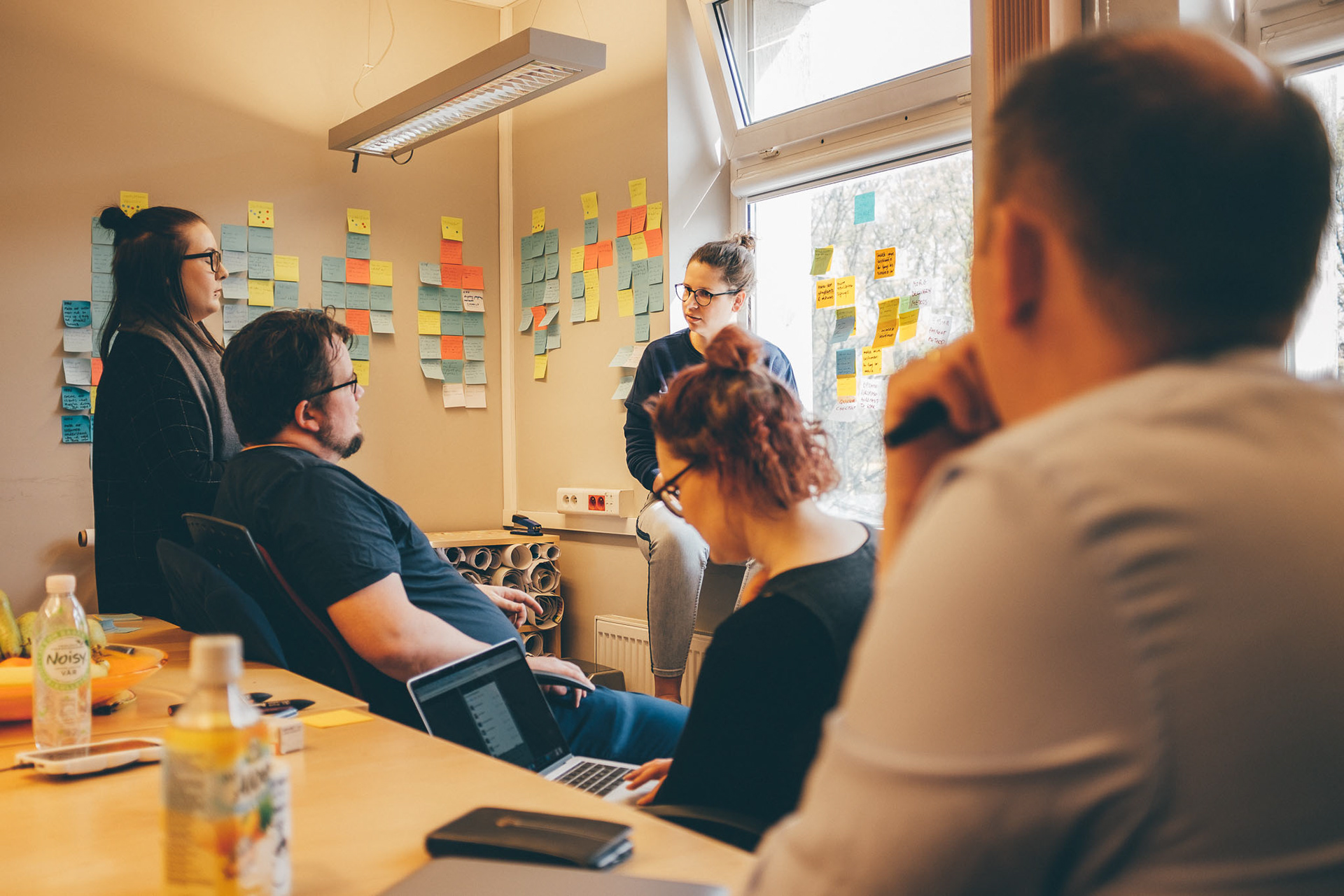

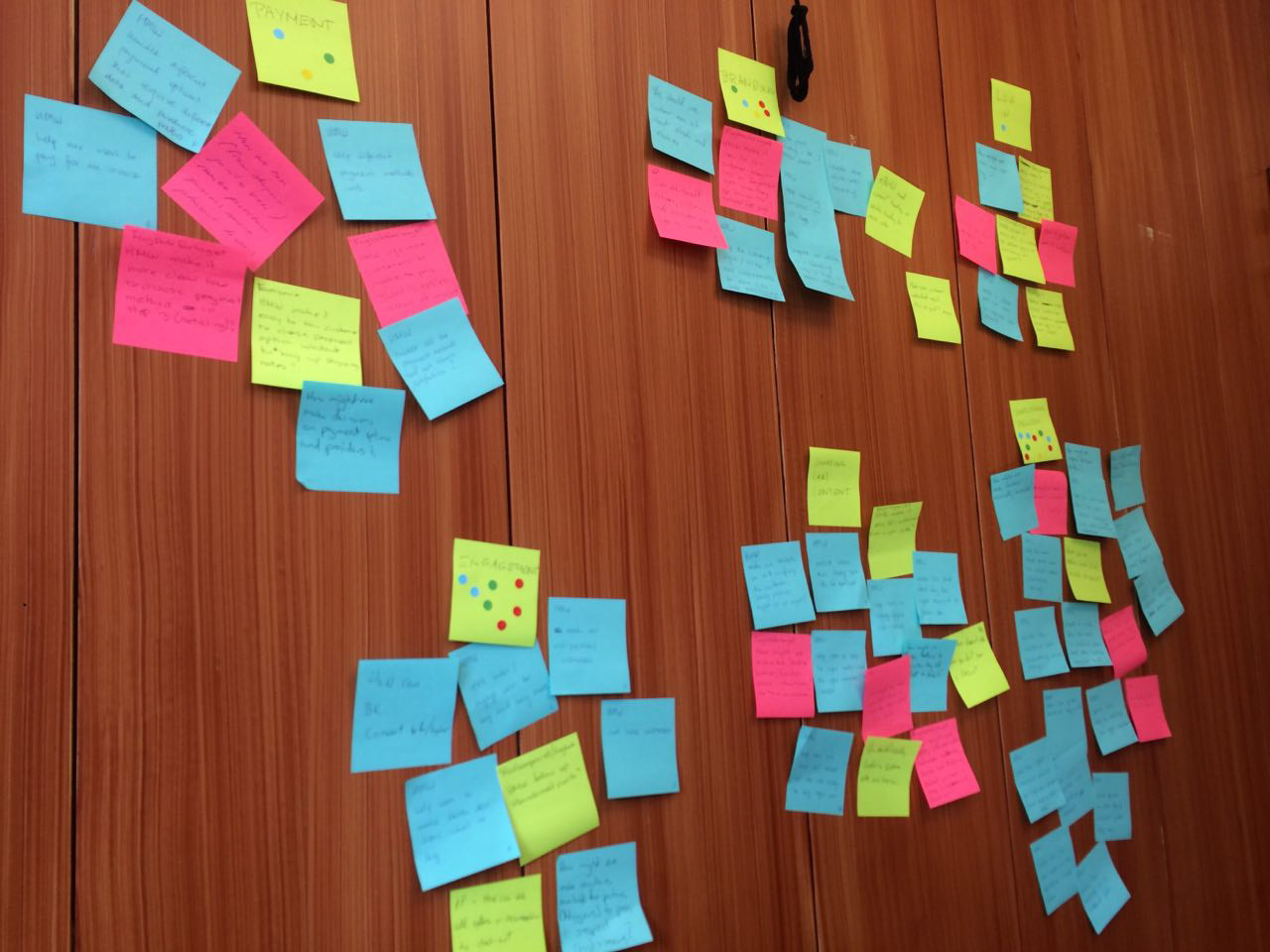
We’ve also discovered a few goals/metrics that we want to improve on our new checkout path (we specified them more in-depth on the first day of our sprint):
1. Improve/simplify checkout path
2. Increase conversion
3. Decrease the number of drop-offs
4. We want users to spend less time in checkout
In order to properly plan our design sprint agenda and choose the right exercises or methods, we asked participants (internal clients) to prepare:
1. Personas
2. Flowcharts for after buying events - a mixed user flow with business processes
The Sprint Team
The team consisted of 9 people. 7 people made up the core Sprint Team, this included the 3 deciders (the 3 e-commerce products representatives - from marketing departments). The team included also 3 technical members (1 was a part of core team, 2 were experts consulting during critical steps), graphic designer and 2 UX designers: Ewelina Sygut and Monika Janta - as facilitators.

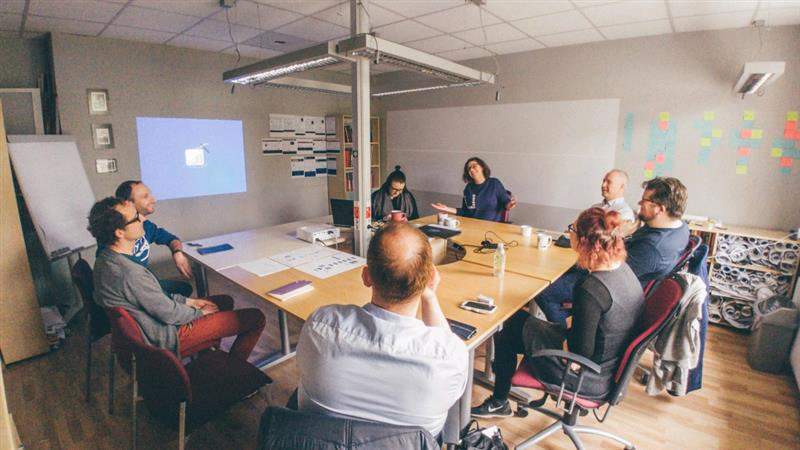
The prototype
The team agreed to build one prototype which was a hybrid of discussed propositions. We split up regarding who does what, small groups were responsible for: sketching general foundation of checkout path with components, preparing copy in Norwegian, putting everything to UXPin tool. In the prototype we have added the most important interactions so that it would resemble the real product and could be tested internally after the sprint.

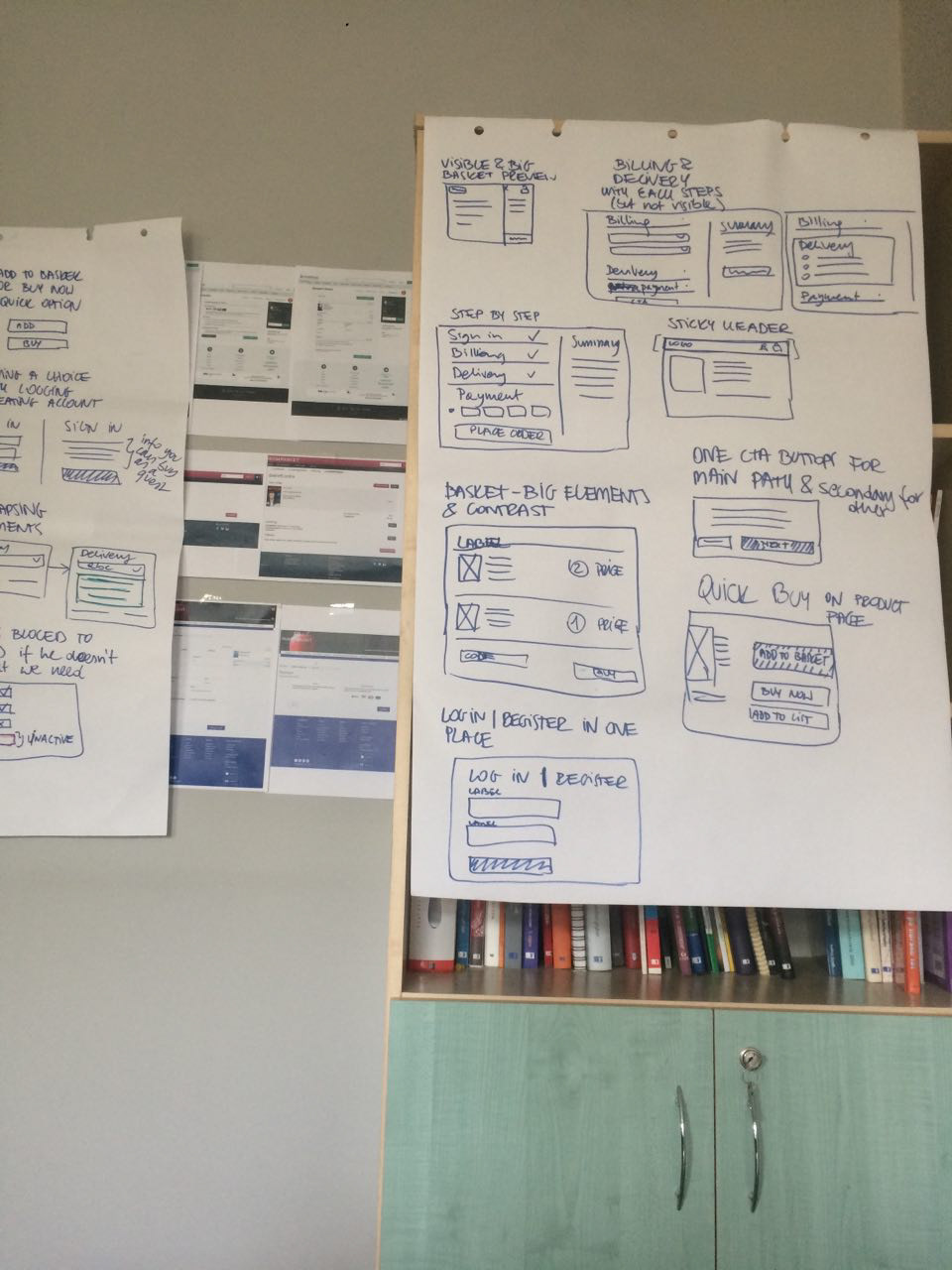
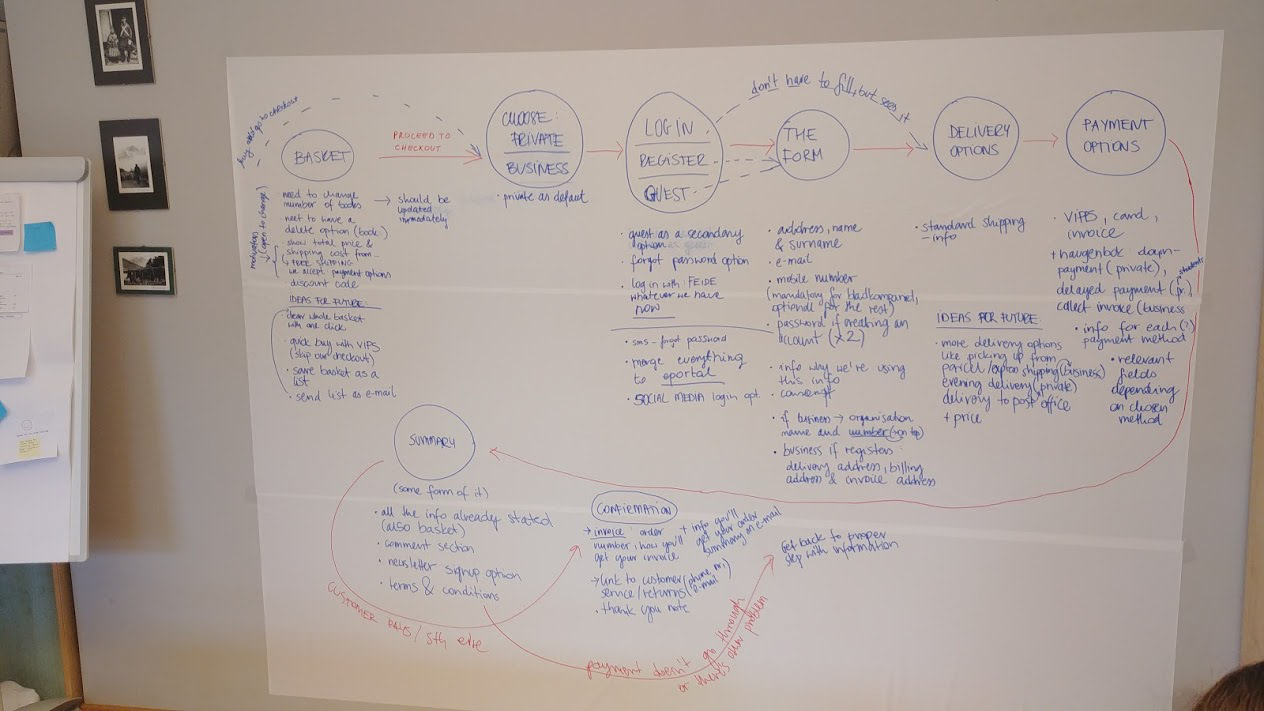
After the sprint - internal testing
Our time for this sprint was 4,5 days, that’s why we planned the testing part after the sprint. We did in-house testing with five testers. Each person got a different scenario so that we had all paths tested. An exemplary scenario looked like this:
“Imagine you’re at home and you’re looking for a present for your sister (you’re living together) on bladkompaniet.no website. You already have an account there because you often buy products there for yourself. As you want it to be a surprise for your sister, you have to order it to your work.”
Testing revealed some minor issues that we corrected instantly on the prototype, before making a graphic design. The overall logic was well understood by the testers.
What worked and what didn’t work
First of all there was a great knowledge transfer and communication boost in the team - which is typical problem in world spread companies (we were all in one room opposite to everyday Oslo-Bergen-Sopot base). Our internal clients learned how their needs are similar business wise, what are the differences between their target groups and how it can affect the solutions on the website and natural flow of the target customer, and how they can use and share information between them.
From the overall company perspective and UX awareness, this Sprint helped to understand how complex process is - to go from need to an idea and finally to working solution, keeping logic and usability correct. The participants became user centered approach spreaders in their own departments. They’ve gone through the process both intellectually and emotionally which was a big advantage of being a part of the sprint team. The biggest win of the sprint was that we actually managed to prepare a working prototype that was a consensus reached after vivid and sometimes frustrating moments.
Not all of the participants were prepared for the sprint - that leaded to confusion when we tried to establish needs and goals, and it turned out we needed to move back and forth a lot because we didn’t have the information essential to complete a step. That caused a bit of confusion, but also frustration and lack of motivation during the sprint for some of participants.
A thing we need to devote more time into is to explain the methodology of sprint activities. Some of the exercises designed to boost creativity, openness were taken lightly by some of the participants - with lack of engagement even. This resistance was also causing jumping into conclusions too early.
What’s next
Next steps involve preparing the prototype for mobile version of this prototype (which will be done by UX team - it was not possible to cover that during the sprint), graphic design - individual designs for 3 brands. After deploying the new checkout flow we plan to implement advanced analytics - event tracking and further, A/B tests based on informed hypotheses leading to optimization in the future.
We also want to include a Design Sprint into our design process with the projects or problems that would benefit from it.
Thanks for reading!

